Bitis arietans
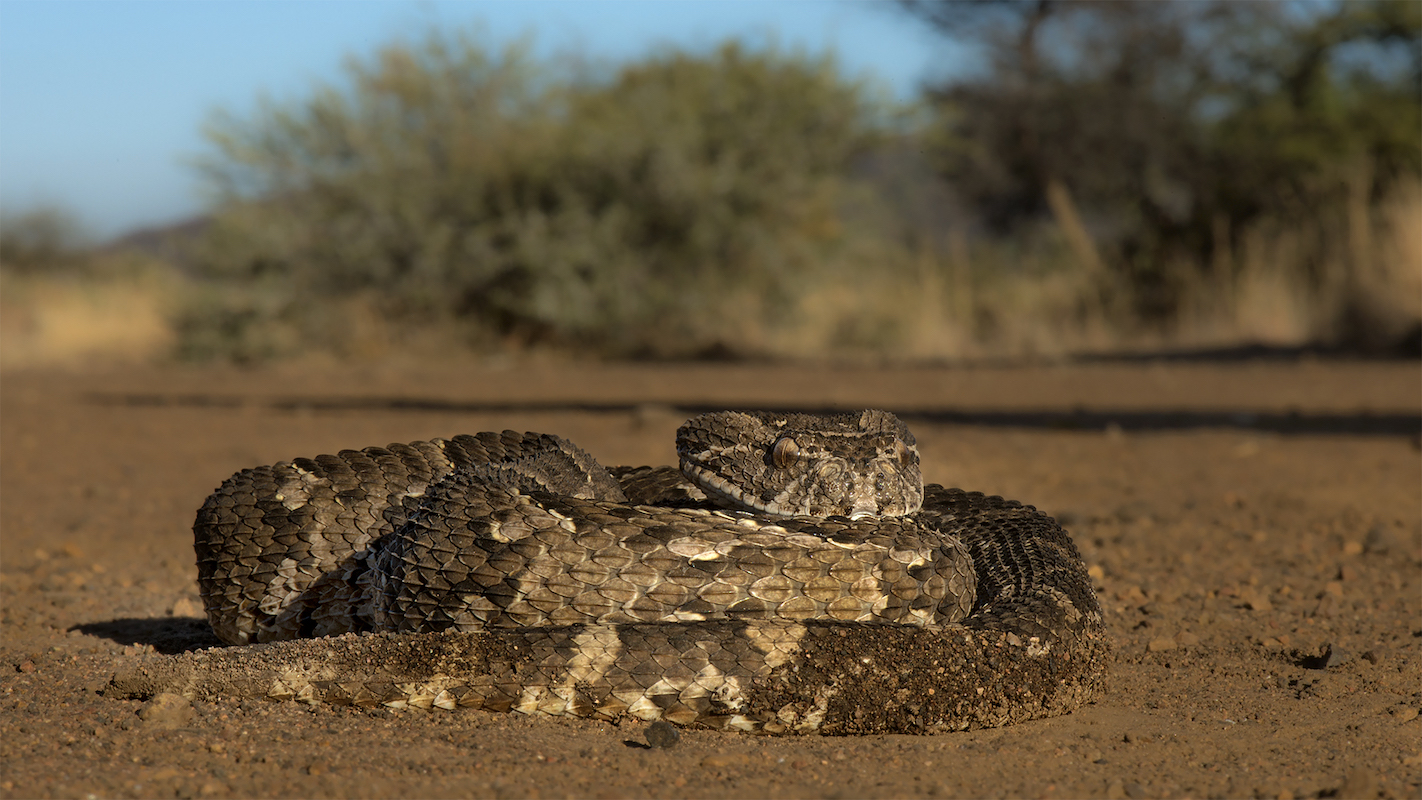
VIPERA SOFFIANTE
Probabilmente il serpente più comune e diffuso nel continente africano. Serpente tozzo, che, anche se raramente supera il metro di lunghezza, può raggiungere i 4-5 Kg di peso. Come tutti i viperidi preferisce restare in agguato in attesa delle proprie prede: mammiferi, uccelli e lucertole. Per questa sua abitudine, unito al fatto che spesso non esita ad avvicinarsi alle abitazioni, viene spesso calpestato, causando purtroppo un grande numero di decessi in Africa.
Calzature non adatte e copertura sanitaria carente, non fanno altro che rendere i morsi di questa vipera particolarmente gravi. Se minacciata emette un sibilo lungo e profondo, che produce gonfiando il corpo ed espellendo con impeto l’aria dalle narici, da qui il nome “vipera soffiante”: questo di solito scoraggia i predatori che vengono avvertiti della sua presenza. Il veleno ha effetto citotossico, come nella maggior parte dei viperidi. Ha una distribuzione molto ampia in Africa, facendolo il serpente più comune e più diffuso del continente, e quello che provoca il maggior numero di morsi.
PUFF ADDER
Probably the most common and widespread snake in Africa. It can reach 1m (39.3 inches) in total length and it is very stout. It is found in all habitats except for true deserts, rainforests, and (tropical) alpine habitats. It is most often associated with rocky grasslands.
Normally a sluggish species, it relies on camouflage for protection.
Mostly nocturnal, it rarely forages actively, preferring instead to ambush prey as it happens by. Its prey includes mammals, birds, amphibians, and lizards.
If disturbed, it will hiss loudly and continuously, adopting a tightly coiled defensive posture with the fore part of its body held in a taut “S” shape. This species is responsible for more snakebite fatalities than any other African snake. This is due to a combination of factors, including its wide distribution, common occurrence, large size, potent venom that is produced in large amounts, long fangs, its habit of basking by footpaths and sitting quietly when approached.
The venom has cytotoxic effects.
Ambiente - Environment

Vipera latastei
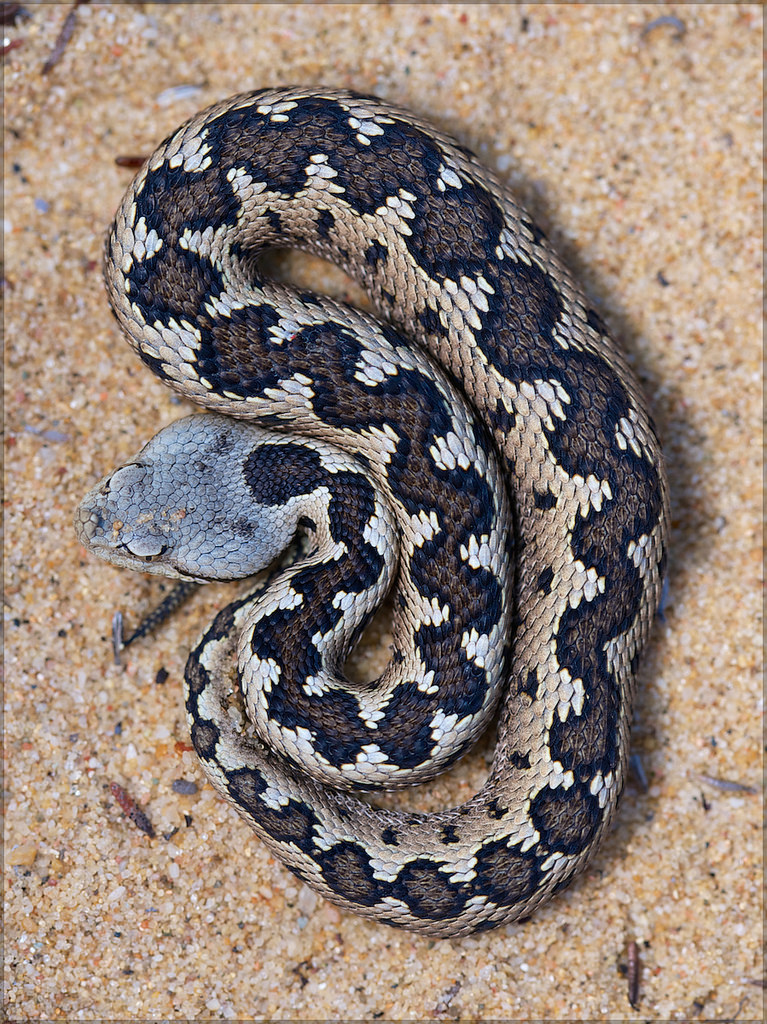
VIPERA DI LATASTE
Si tratta della vipera spagnola più diffusa, e ha una biologia simile a quella della vipera comune nostrana. Anche la vipera di Lataste raramente supera i 75 cm di lunghezza. Si trova in svariati ambienti, preferendo quelli rocciosi, ove però cresca anche della vegetazione. Si nutre, cacciando all’agguato, di piccoli roditori, uccelli e lucertole. Il veleno raramente crea complicazioni all’uomo, e ha un effetto simile a quello di molte vipere italiane.
Specie inserita nella lista “Vulnerabile” (VU) all’interno della lista rossa IUCN.
LATASTE’S VIPER
The most common Spanish viper. Its biology is similar to the italian asp viper. It can be found in various environments, but it prefers rocky and dry areas with some vegetation. It hunts small vertebrates like rodents and birds. This species was classified as Near Threatened (NT) according to the IUCN Red List of Threatened Species, from 2008 is recognised as Vulnerable (VU).
Ambiente - Environment

Bothriechis schlegelii

VIPERA CIGLIATA DELLE PALME
Piccola vipera arboricola con coda prensile. Questa specie, dalla grande variabilità cromatica, possiede squame sopraoculari molto caratteristiche, che assomigliano a ciglia.
È il più comune del genere Bothriechis, a cui apparengono le vipere delle palme.
Gli adulti raggiungono gli 80 cm, i maschi in genere sono un po’ più piccoli.
In natura questa vipera si trova in dense foreste umide situate a bassa altitudine, in genere non lontano da fonti di acqua permanenti.
È prettamente notturna, inizia a muoversi al crepuscolo per cacciare principalmente piccoli roditori, gechi, rane, e piccoli uccelli. Le femmine partoriscono dai 2 ai 10 piccoli completamente formati, lunghi circa 20 cm.
EYELASH PALM PIT-VIPER
Small and arboreal pit-viper with a strong prehensile tail. This species is characterized by a wide array of color variations, as well as by the superciliary scales above the eyes. It is the most common amongst the green palm-pitvipers (genus Bothriechis).
Adults range from 55–82 cm (22–32 in) long; males are smaller and grow to 69 cm (27 in) long.
This species prefers lower altitude, humid, tropical areas with dense foliage, generally not far from a permanent water source.
It is largely nocturnal, consuming small rodents, frogs, lizards and small birds. Females give birth to 2–20 live young, which are 15–20 cm (5.9–7.9 in) long.
Ambiente - Environment
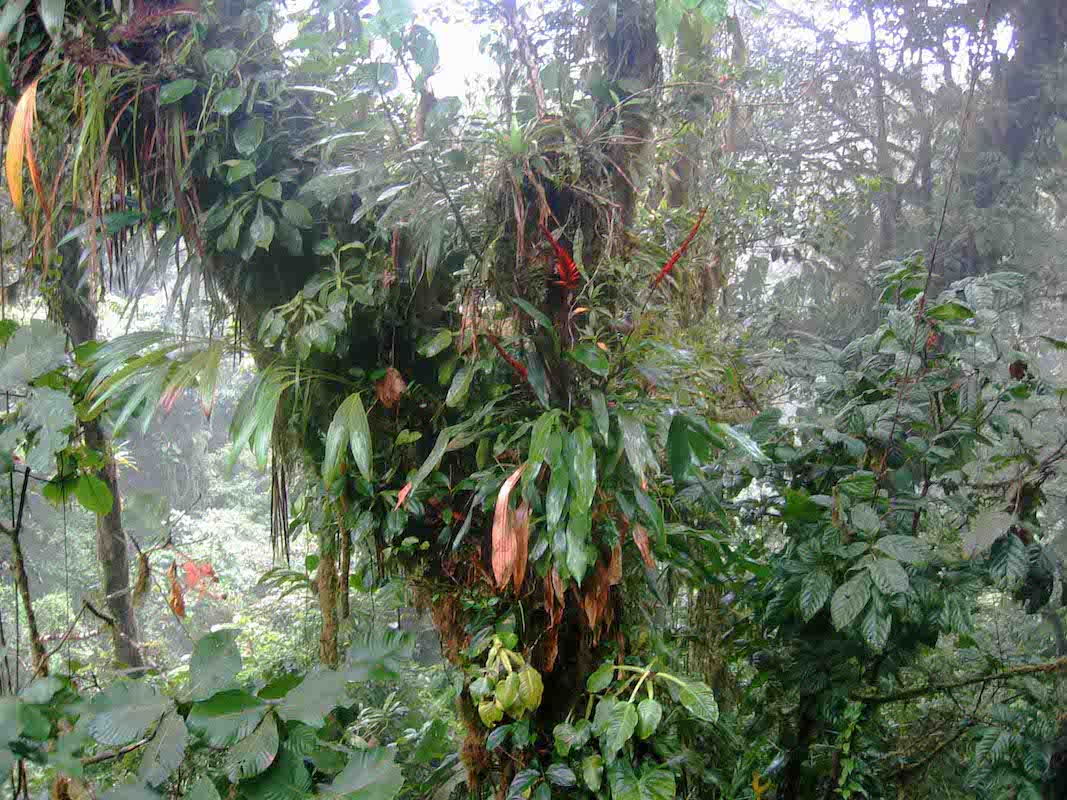
Macrovipera mauritanica
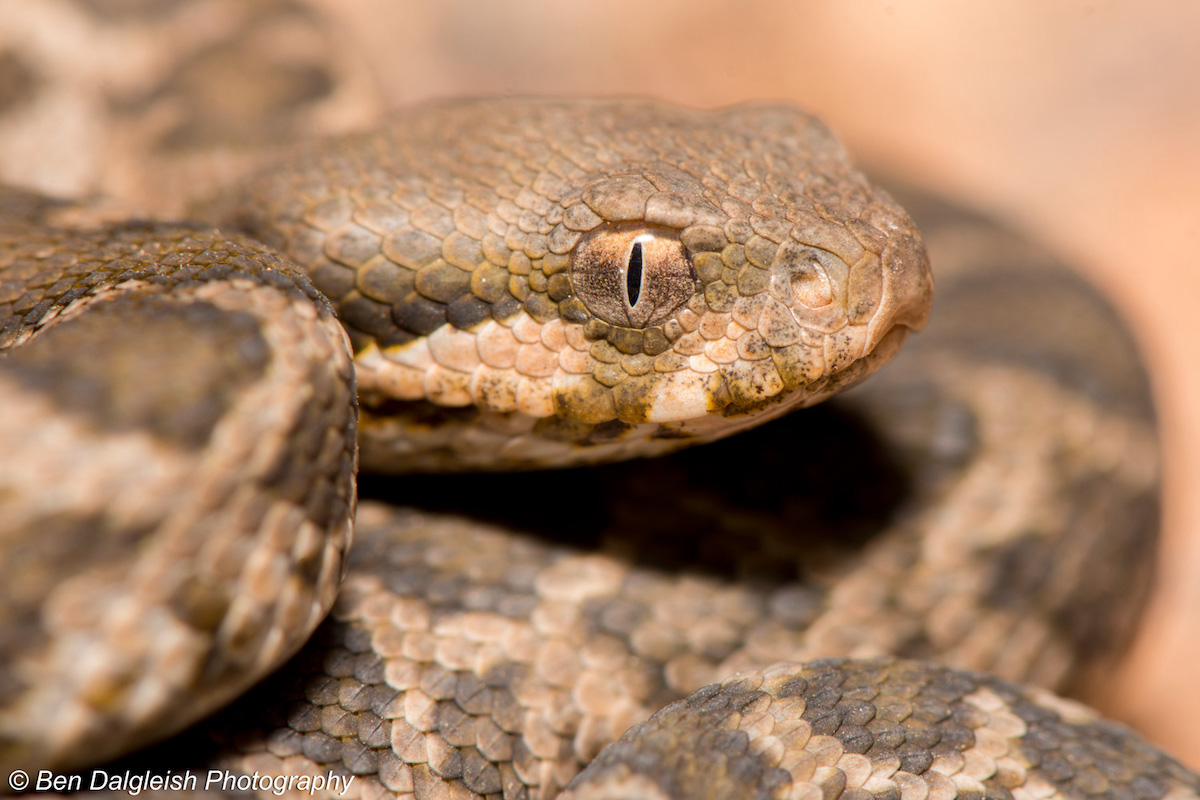
VIPERA DELLA MAURITANIA
Una delle vipere più grosse del nord Africa, in natura arriva a 180 cm di lunghezza, ma in cattività può superare i 2 metri. Si trova in svariate aree secche nel Maghreb, dove preda, restando in agguato, mammiferi, sauri e uccelli. Tra i viperidi è una delle poche specie che depone le uova. I locali la temono perché si tratta di una specie molto nervosa, che può essere aggressiva se disturbata; il suo veleno citolitico inoltre non deve assolutamente essere sottovalutato.
Specie classificata come “vicino alla minaccia” nella lista Rossa delle Specie minacciate d’estinzione della IUCN, questo a causa della persecuzione a cui è soggetta.
MOORISH VIPER
The largest viper of the north African coast. This species is found in rocky slopes and other areas in semi-arid and subhumid zones. It can be found in steppes, wadis, hedges and open woodlands. The females, unlike most vipers, lay eggs (clutches up to 21 eggs).
Mainly terrestrial & nocturnal (dusk & early night hours), slow-moving, hides in rock caves, rodent burrows or under brush in daytime. When disturbed, adopts a striking posture, flattens head, & gives a deep hiss. Mainly preys on small mammals, sometimes birds; the young also eat lizards. The venom characteristics are not well known, but mainly hemotoxic. The bite can be fatal to humans.
This species is classified as Near Threatened (NT) according to the IUCN Red List of Threatened Species.
Ambiente - Environment

Vipera ammodytes
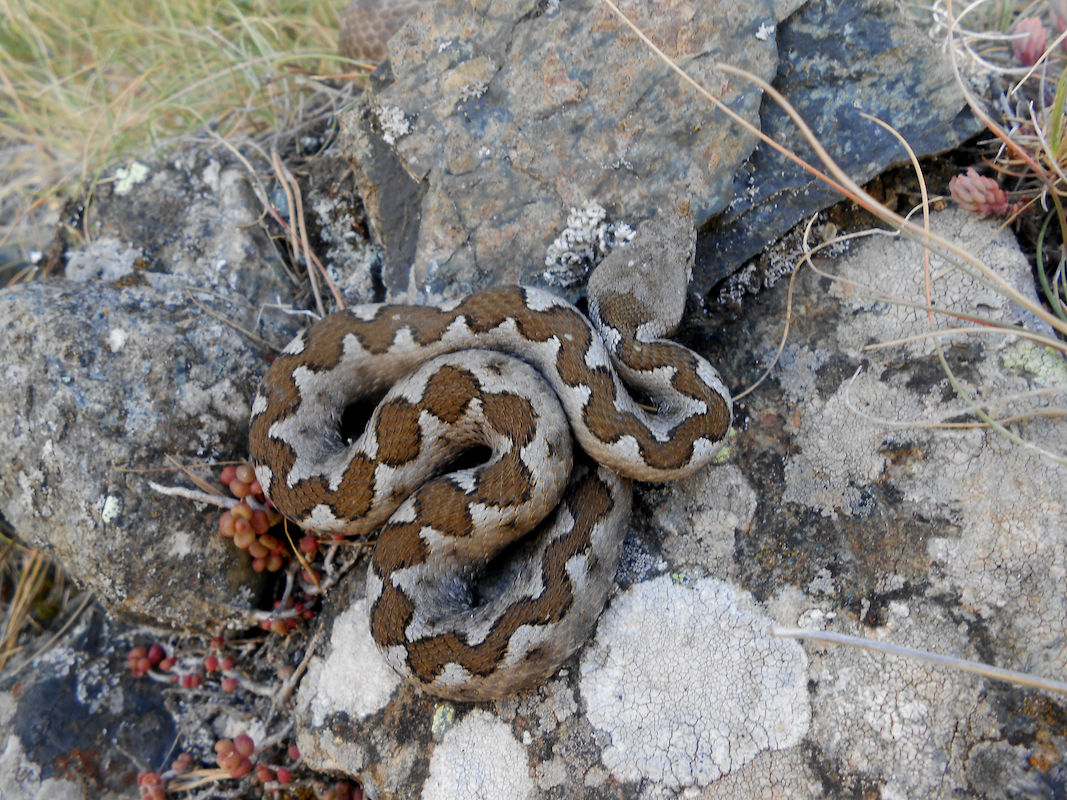
VIPERA DAL CORNO
È il viperide europeo più grande, potendo raggiungere occasionalmente i 95 cm di lunghezza, anche se abitualmente non supera gli 80. È localizzato anche in alcune regioni italiane, come in Alto Adige (provincia di Bolzano), Alpi venete e nel Friuli-Venezia Giulia. Ama zone rocciose ricoperte di vegetazione, come pietraie, fino a 2000 metri di altezza sul livello del mare. Caccia piccoli mammiferi, uccelli e rettili, che attende stando in agguato. Le femmine, alla fine dell’estate, danno alla luce fino a 20 piccoli completamente autosufficienti. Il veleno è potente, e potenzialmente letale, con componenti neurotossiche e citotossiche. La degenza ospedaliera è obbligatoria.
HORN-NOSED VIPER
One of the largest european vipers. Can occasionally reach 95 cm in lenght but usually doesn’t reach 80 cm. It’s located also in some italian regions, like Alto Adige (province of Bolzano), Veneto and Friuli Venezia-Giulia. It can often be found in rocky places, with stones covered by some vegetation. It prefers open and sunny slopes in the north of its range. Hunts small mammals, birds and lizards. Females, in late summer, may give birth up to 20 live youngs.
Highly venomous, with neurotoxic and cytotoxic components. Medical aid should be sought if bitten.
Ambiente - Environment
